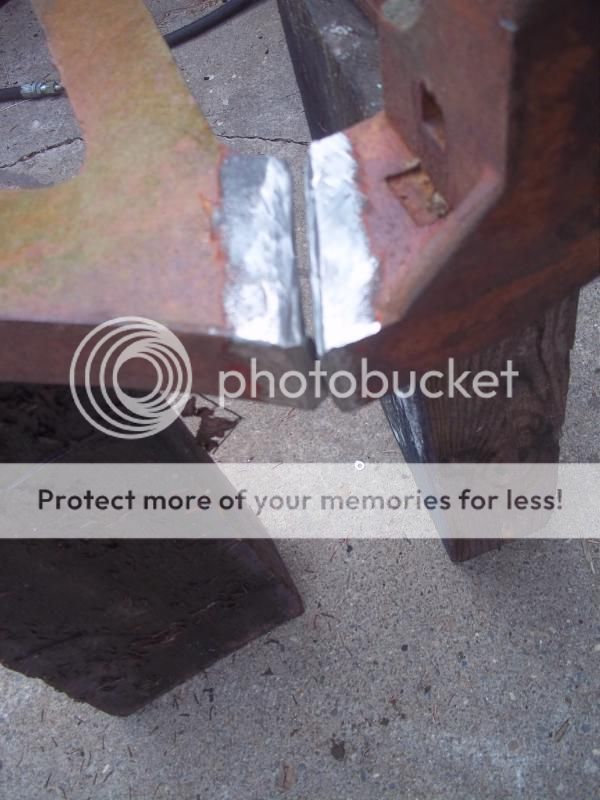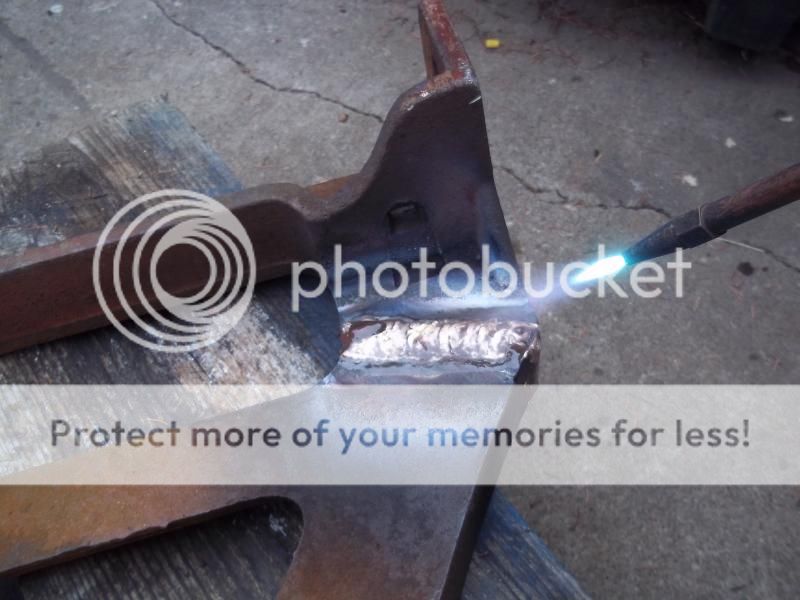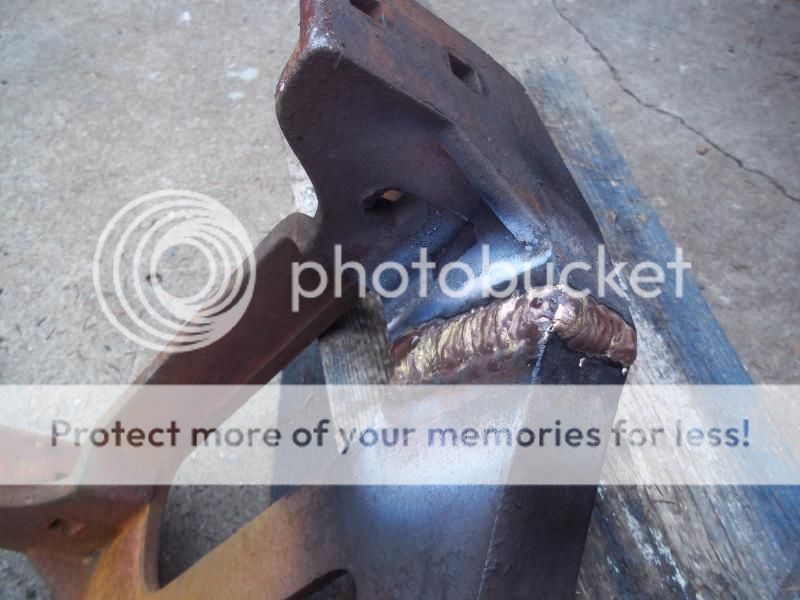super99
Well-known Member
A while back a question was asked about welding cast iron. Several reply's said that brazing was better than welding. I remember a couple of M Farmall's that the centers of the rear wheels had cracked and were brazed. OK, how do you braze cast iron?? I have a cutting torch that runs on propane, will this make enough heat , or do you need acetylene? How much do you preheat and how do you keep it hot so it cools down slowly?? I have successfully welded cast iron, not very pretty, but functional, I would like to try brazing if I had a clue what I was doing. Thanks, Chris




